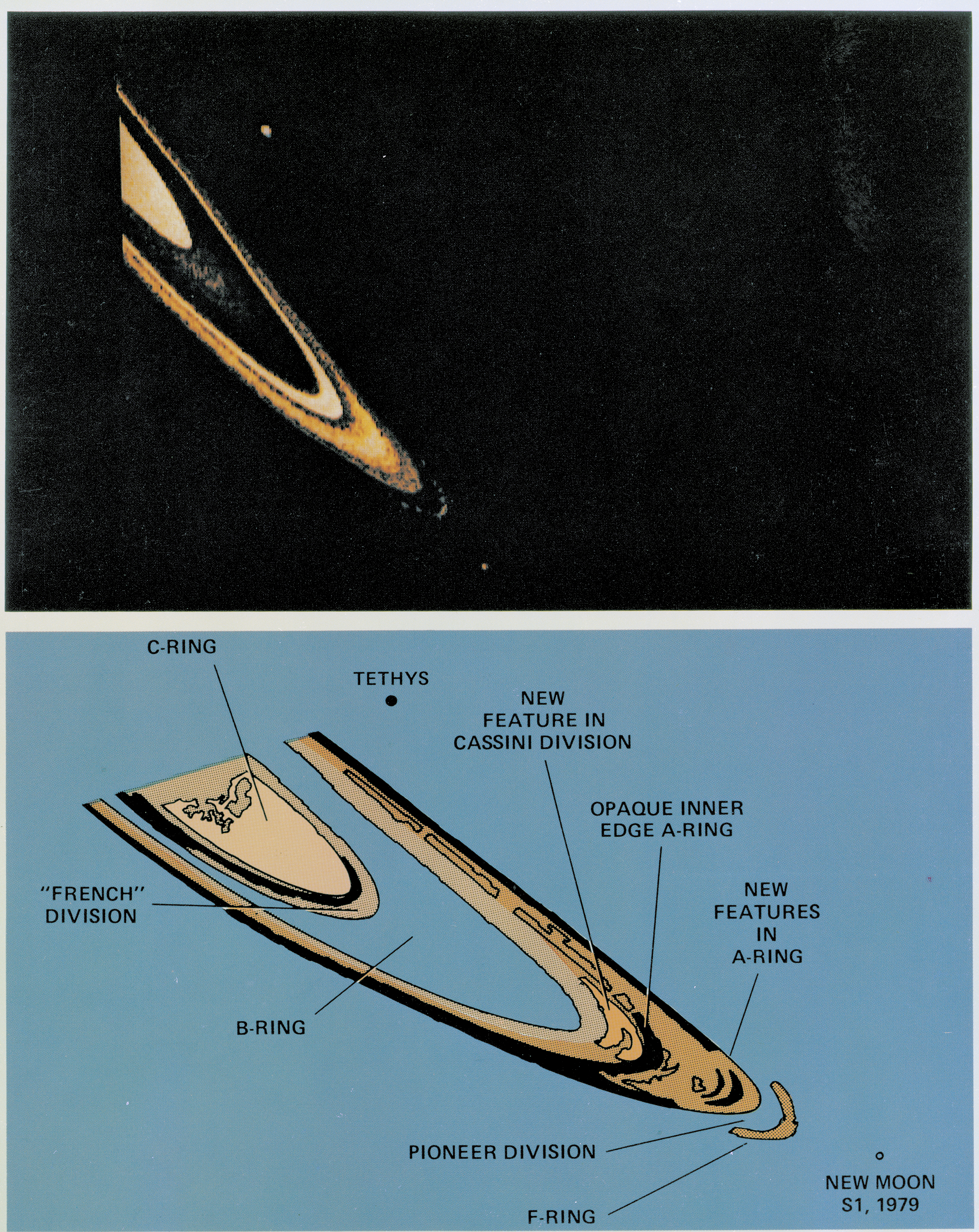Pioneer 11, launched 45 years ago on April 5, 1973, became the first human-made object to fly past Saturn. Along with its sister spacecraft Pioneer 10, Pioneer 11 completed direct observations of Jupiter, focusing on the planet’s polar regions, obtaining in-depth photos of Jupiter’s giant red spot and determining the mass of Jupiter’s moon Callisto. Pioneer 11 used Jupiter’s massive gravitational field to swing back across the solar system to set itself on a flyby course with Saturn, spending 22 years exploring deep space.
Through Pioneer 11, scientists made a number of discoveries, including the identification of Saturn’s outermost ring, the F ring; discovery of an additional moon with a diameter of 125 miles; and data showing that Saturn’s atmosphere consists mostly of liquid hydrogen. After departing Saturn in 1979, Pioneer 11 headed out into the solar system in the opposite direction of its twin satellite, crossing the orbit of Neptune, and in the process, becoming the fourth spacecraft after Pioneer 10, and Voyagers 1 and 2 to do so. NASA officially ended Pioneer 11’s mission on Sept. 30, 1995, after receiving the spacecraft’s last transmission.
This mission was managed by NASA’s Ames Research Center in California’s Silicon Valley, and built by TRW Space and Technology Group in Redondo Beach, California.
Image credit: NASA/Ames Research Center/Rick Guidice
Author: Danielle Carmichael, NASA’s Ames Research Center, Silicon Valley
Check out a related read from NASA’s Johnson Space Center: 45 Years Ago Pioneer 11 Launched to Study Jupiter and Saturn

























